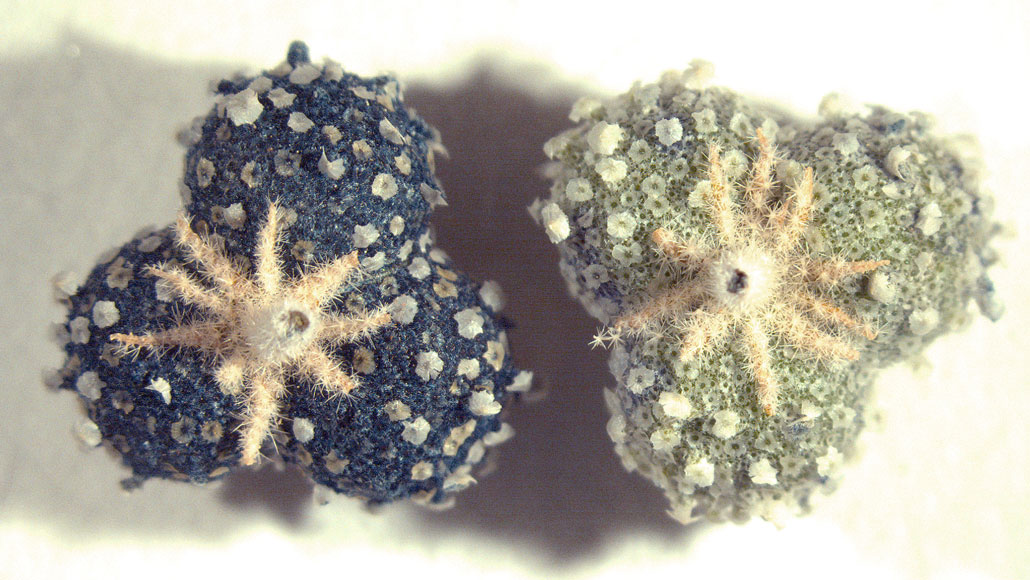
Medieval recipes instructed scientists to prepare the blue watercolor from the fruits of Chrozophora tinctoria. That provided enough dye to reveal its structure using a suite of chemical analysis techniques.
Paula Nabais/NOVA Univ.

Medieval recipes instructed scientists to prepare the blue watercolor from the fruits of Chrozophora tinctoria. That provided enough dye to reveal its structure using a suite of chemical analysis techniques.
Paula Nabais/NOVA Univ.